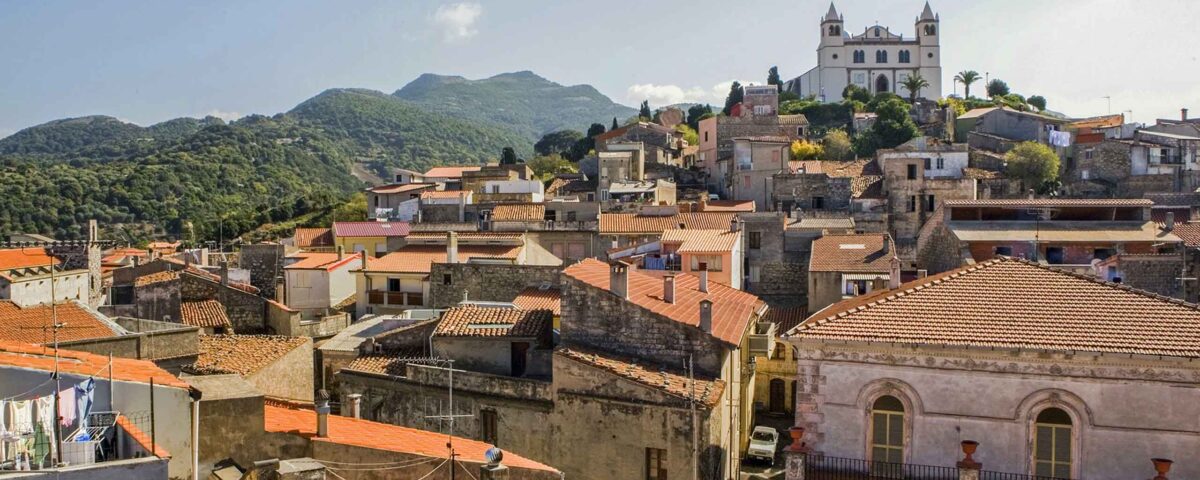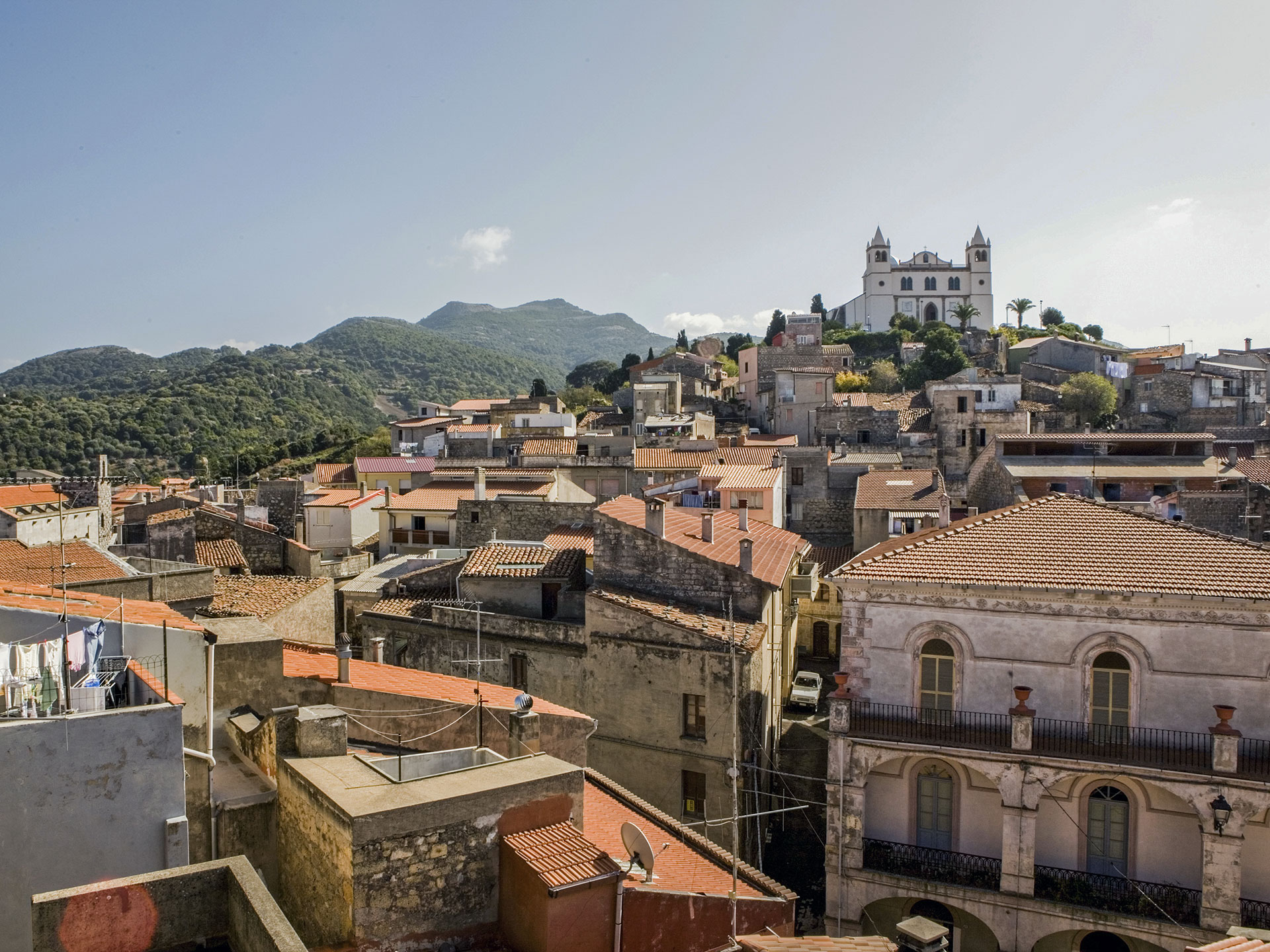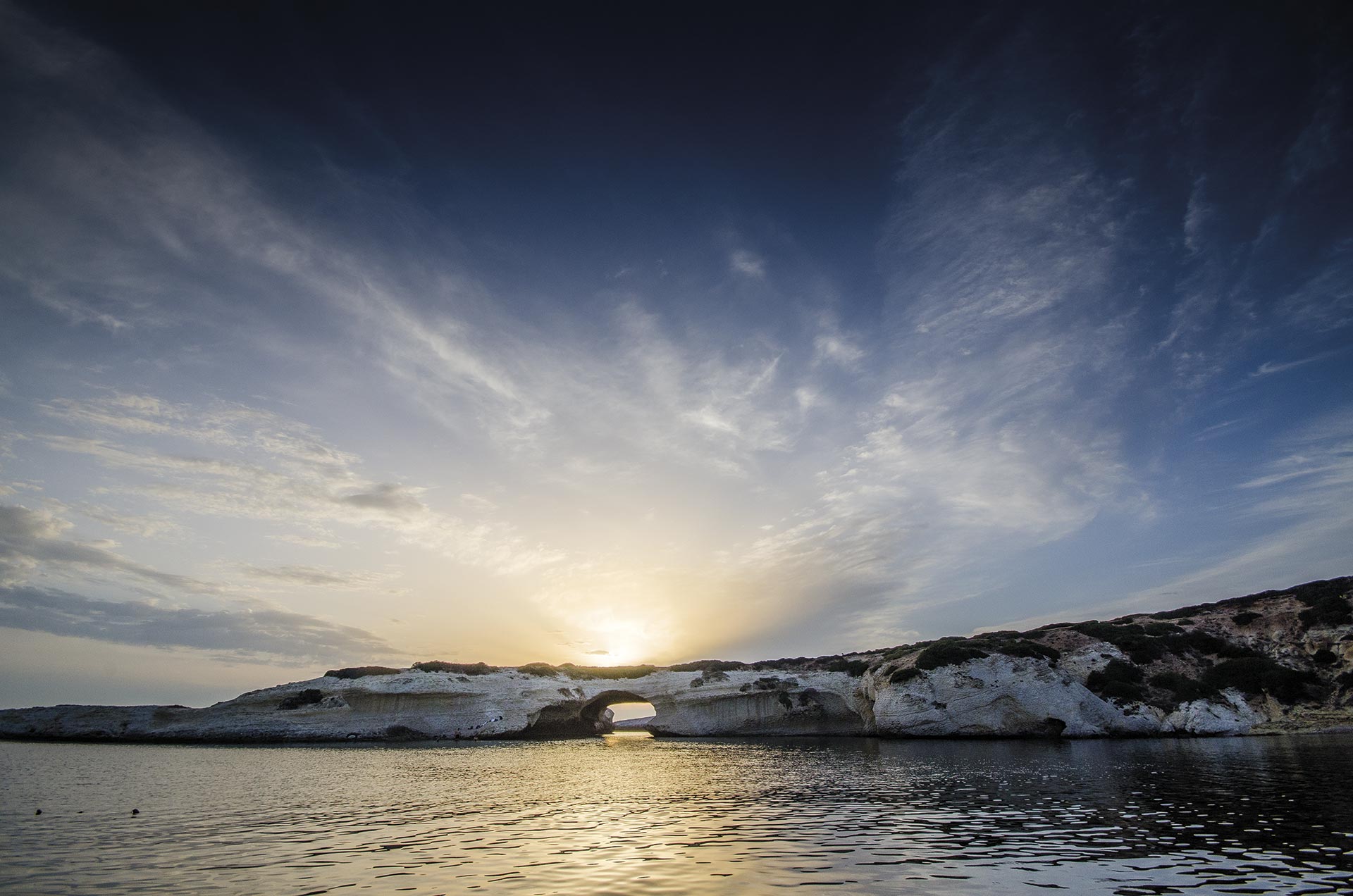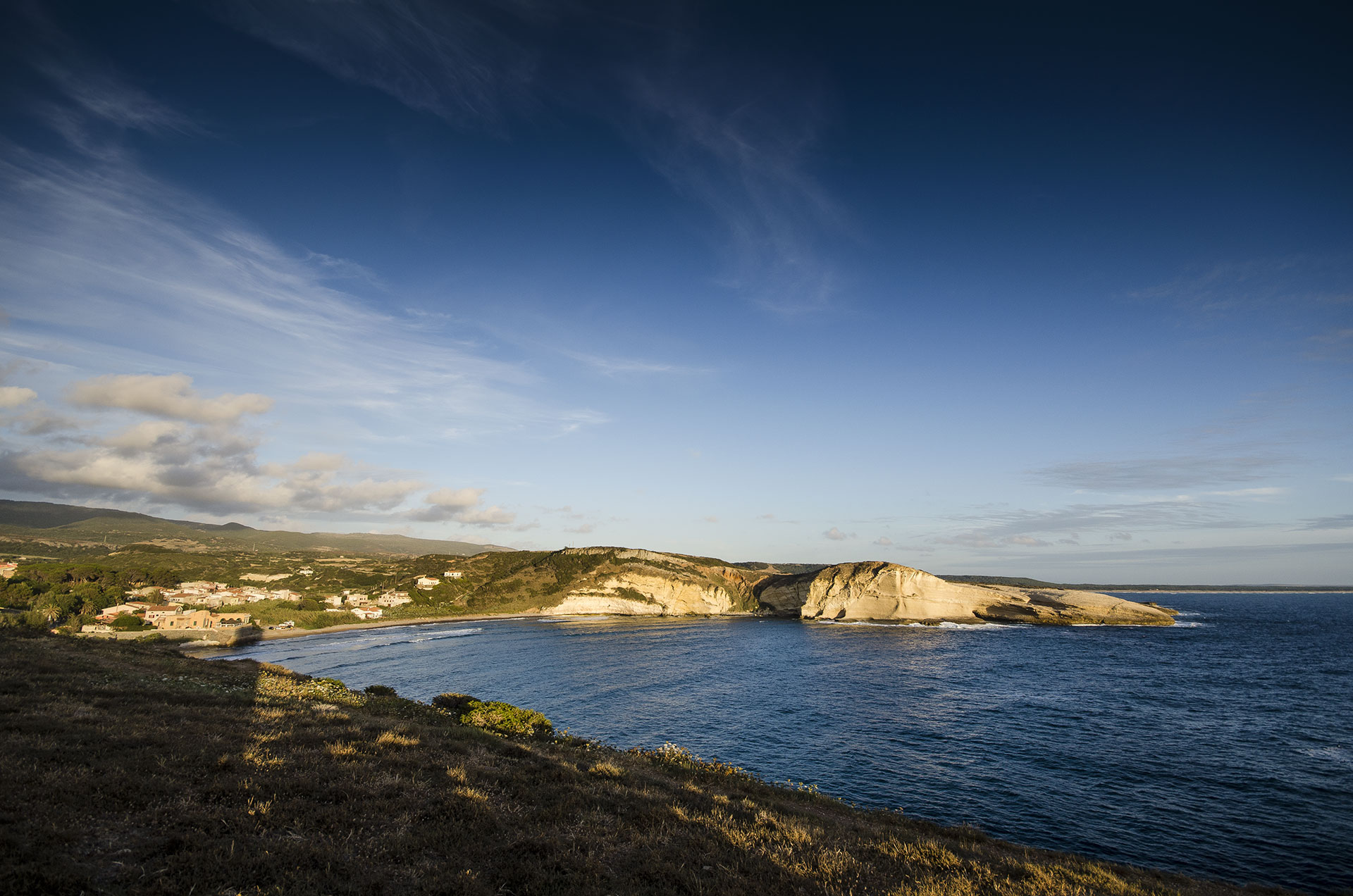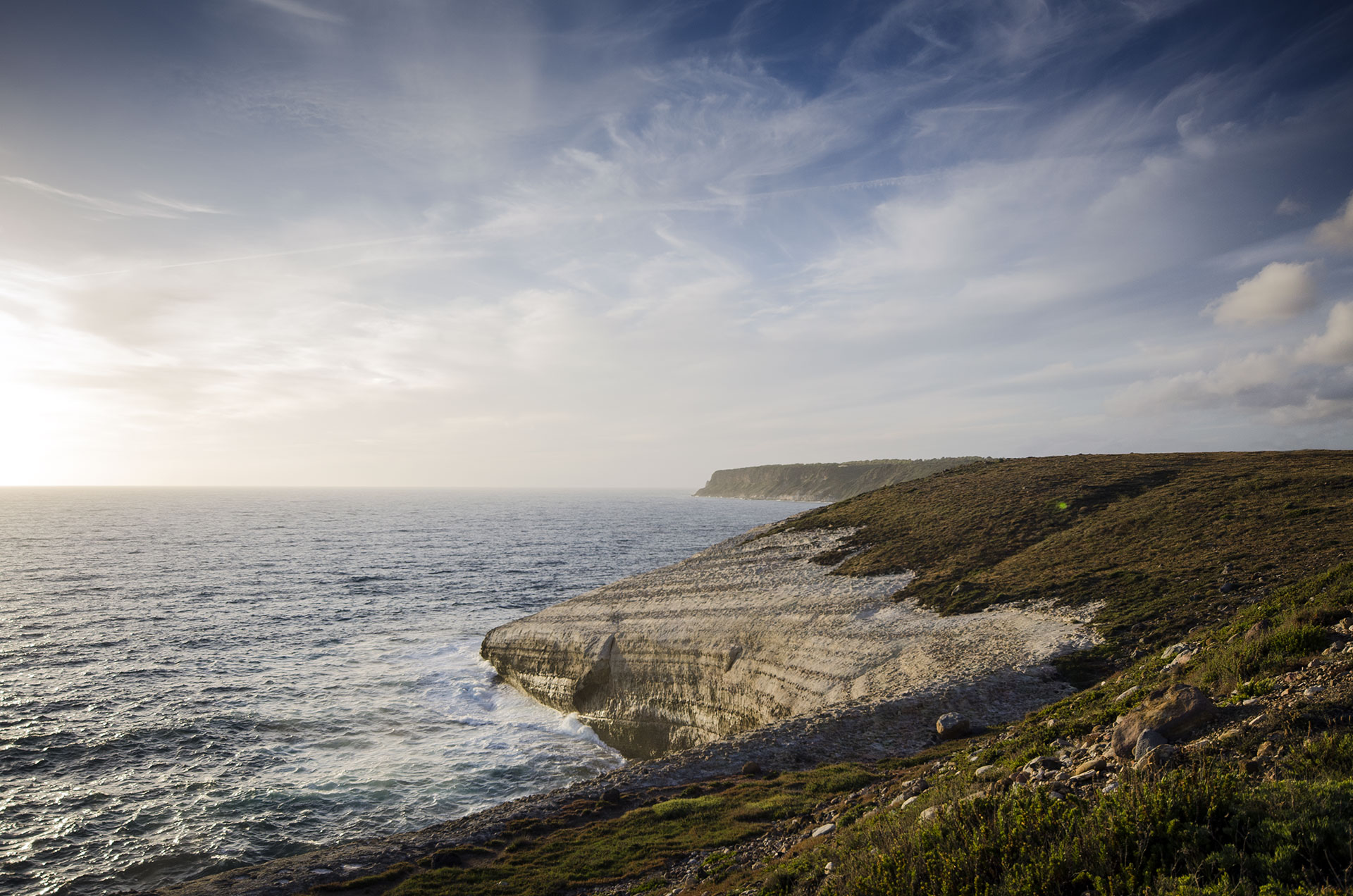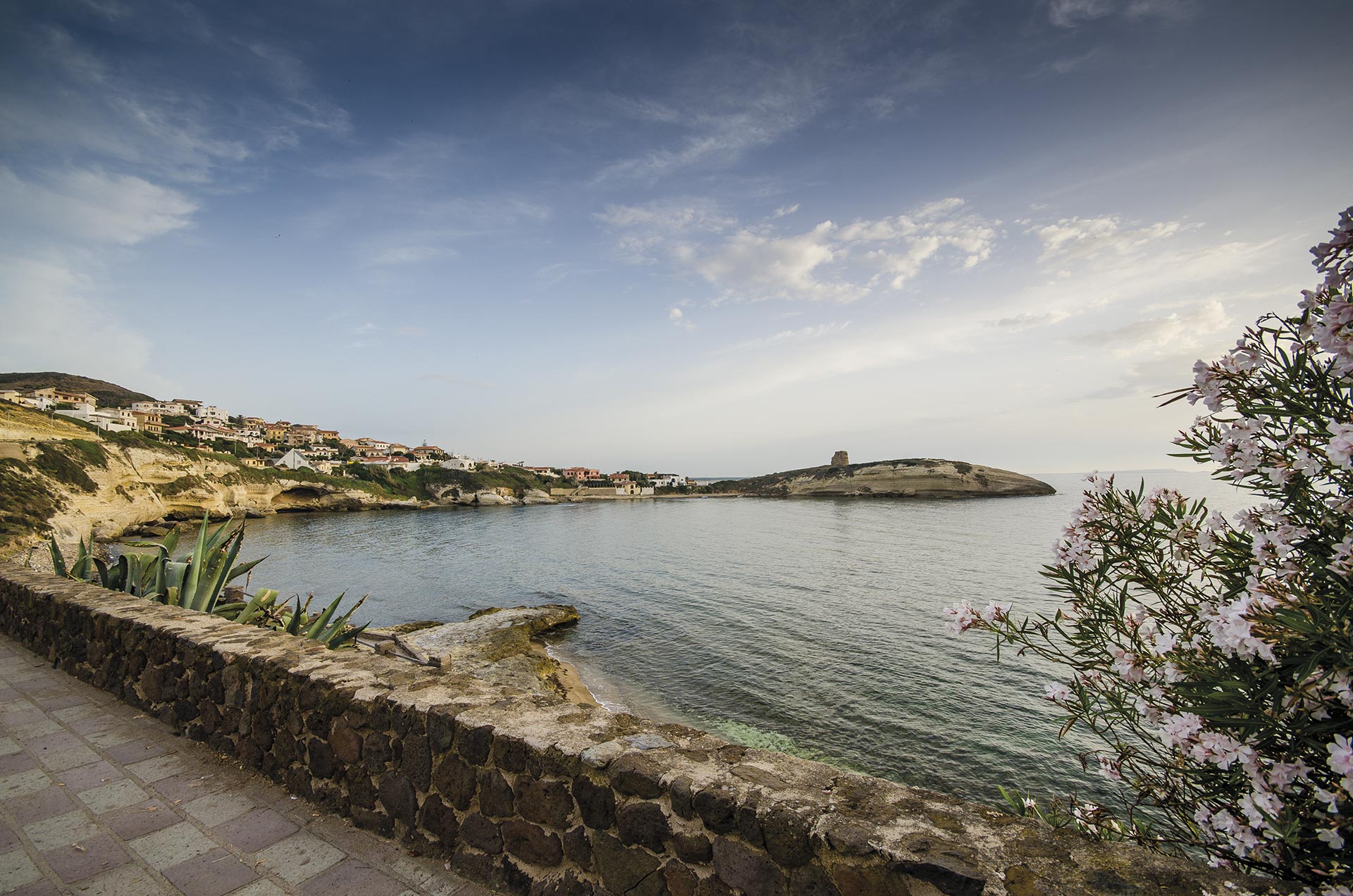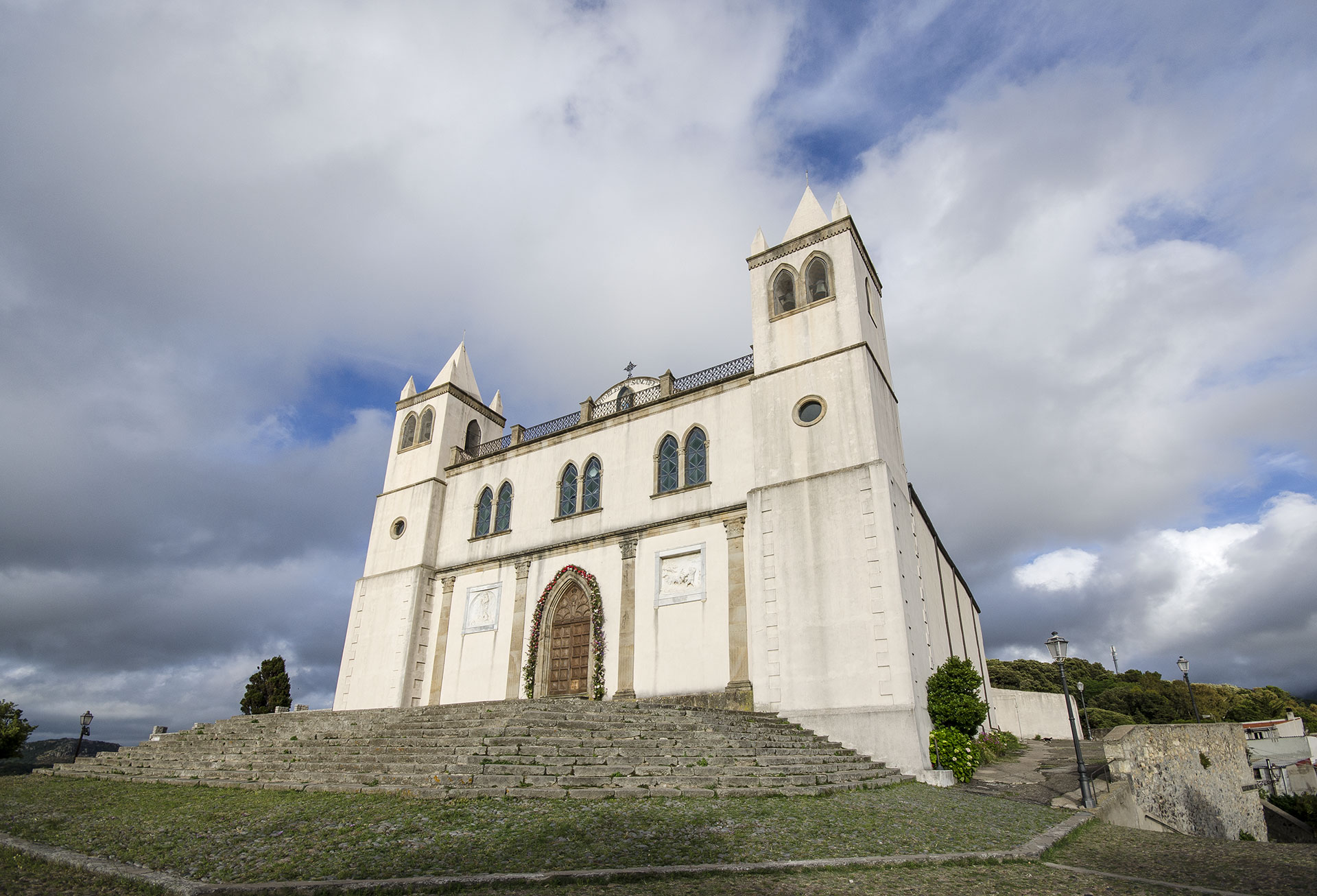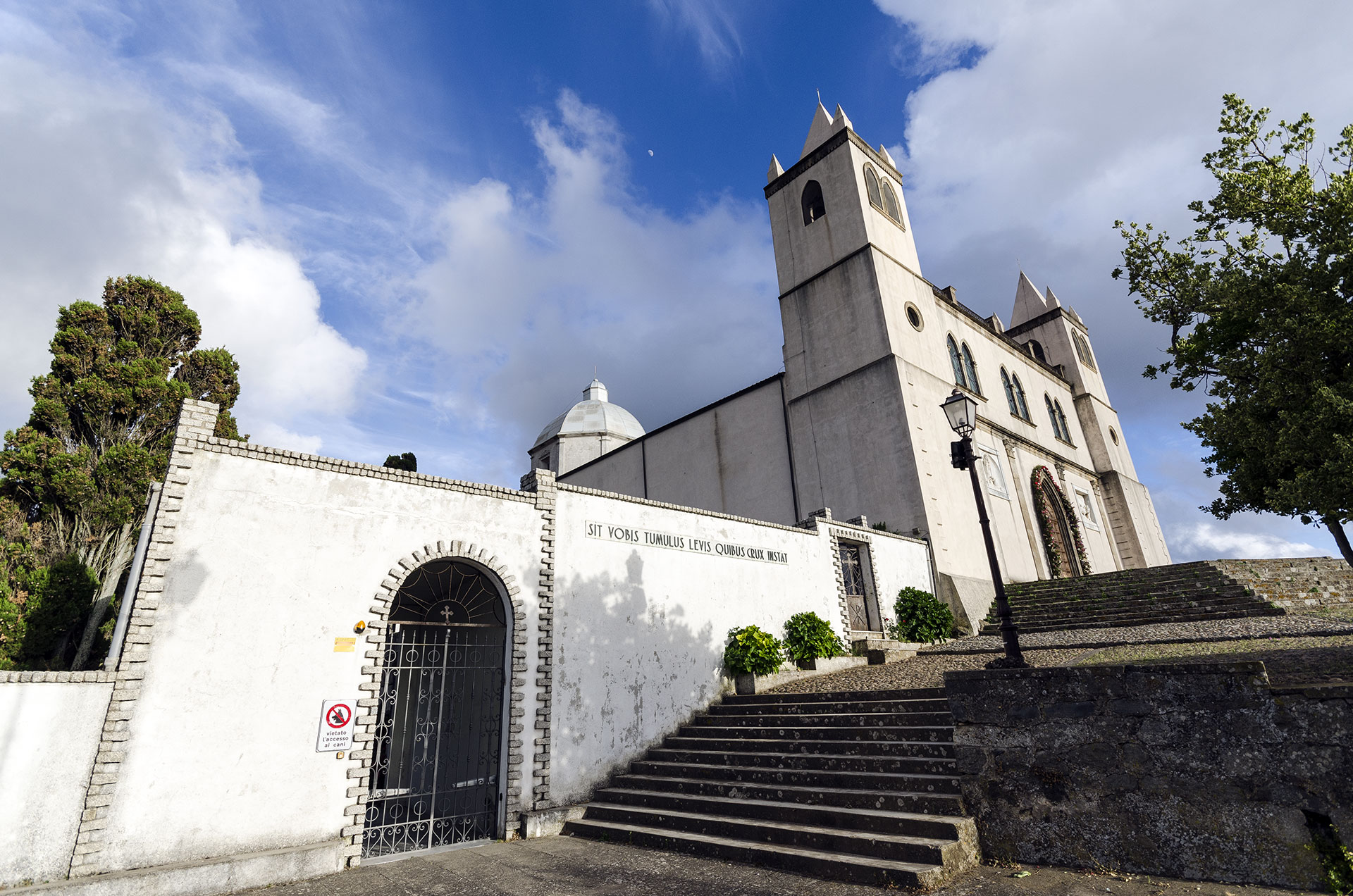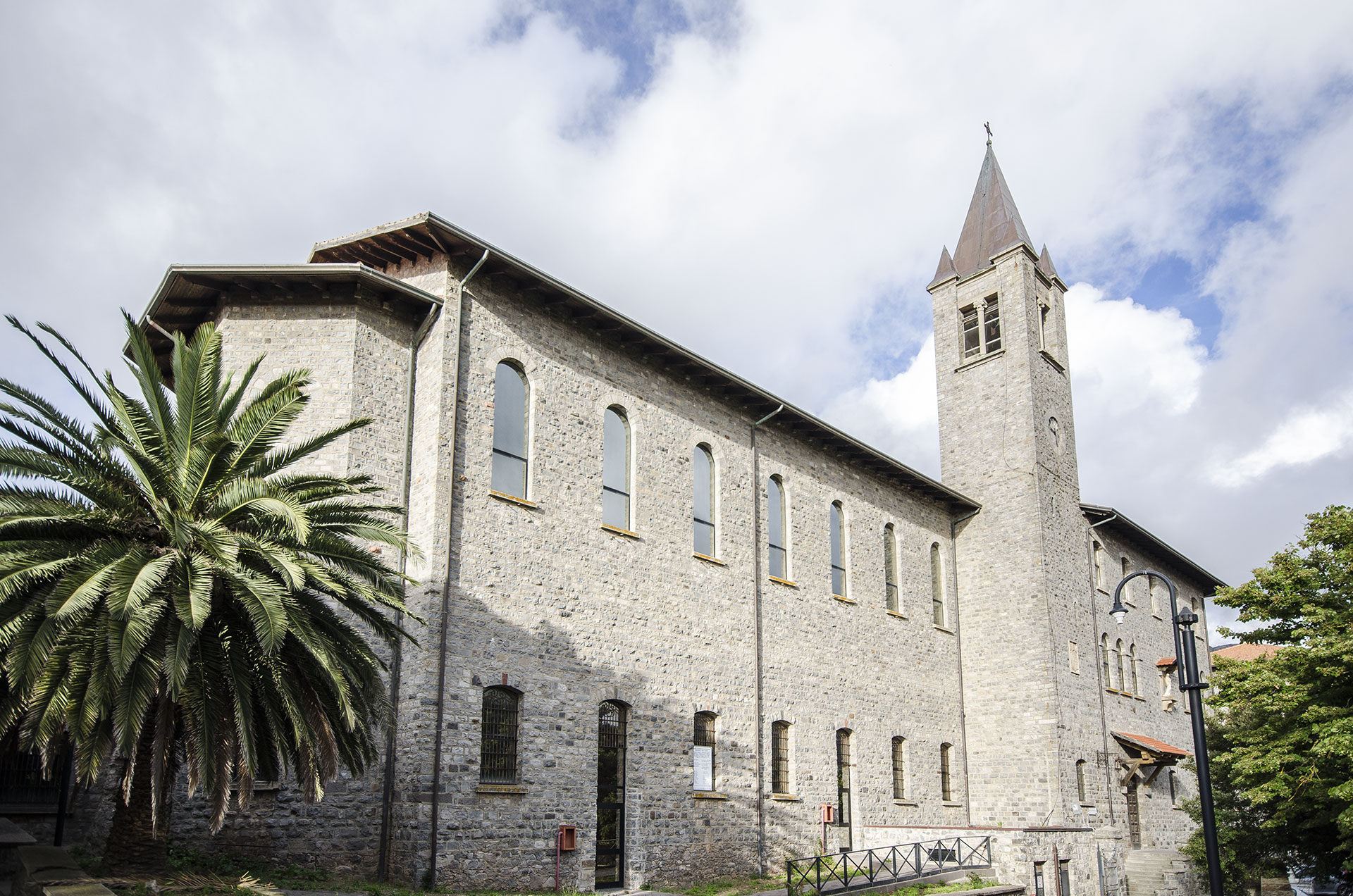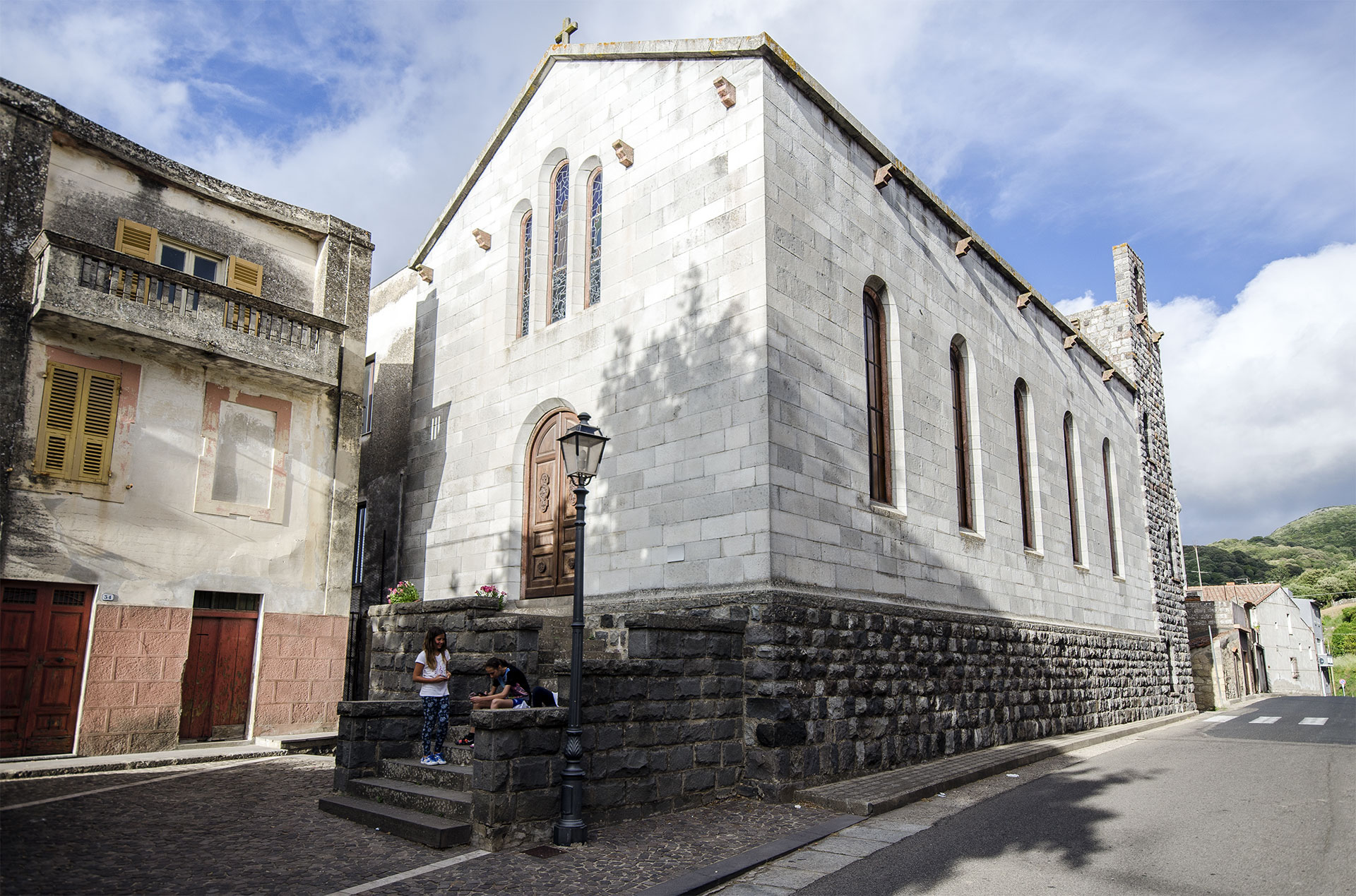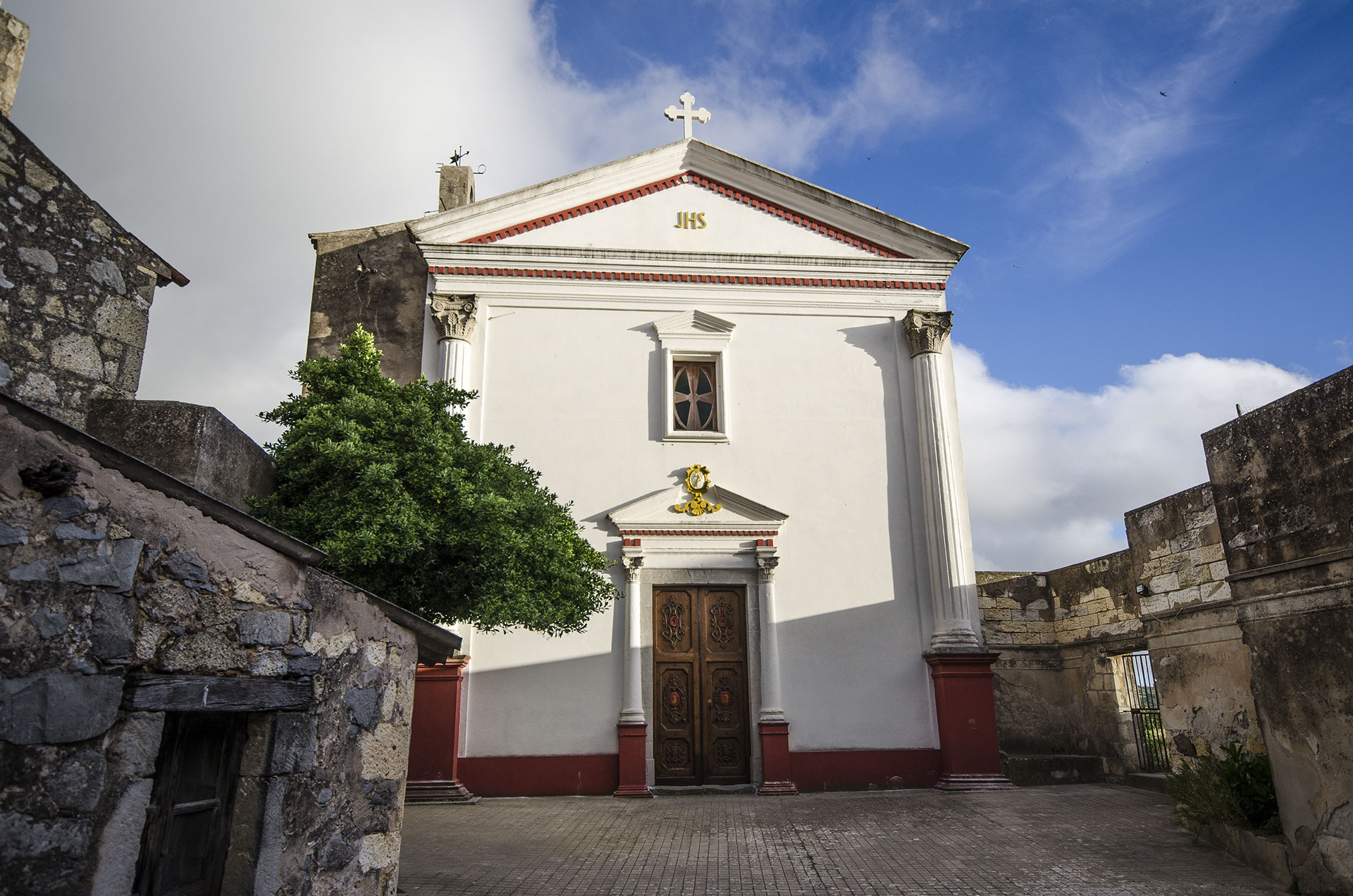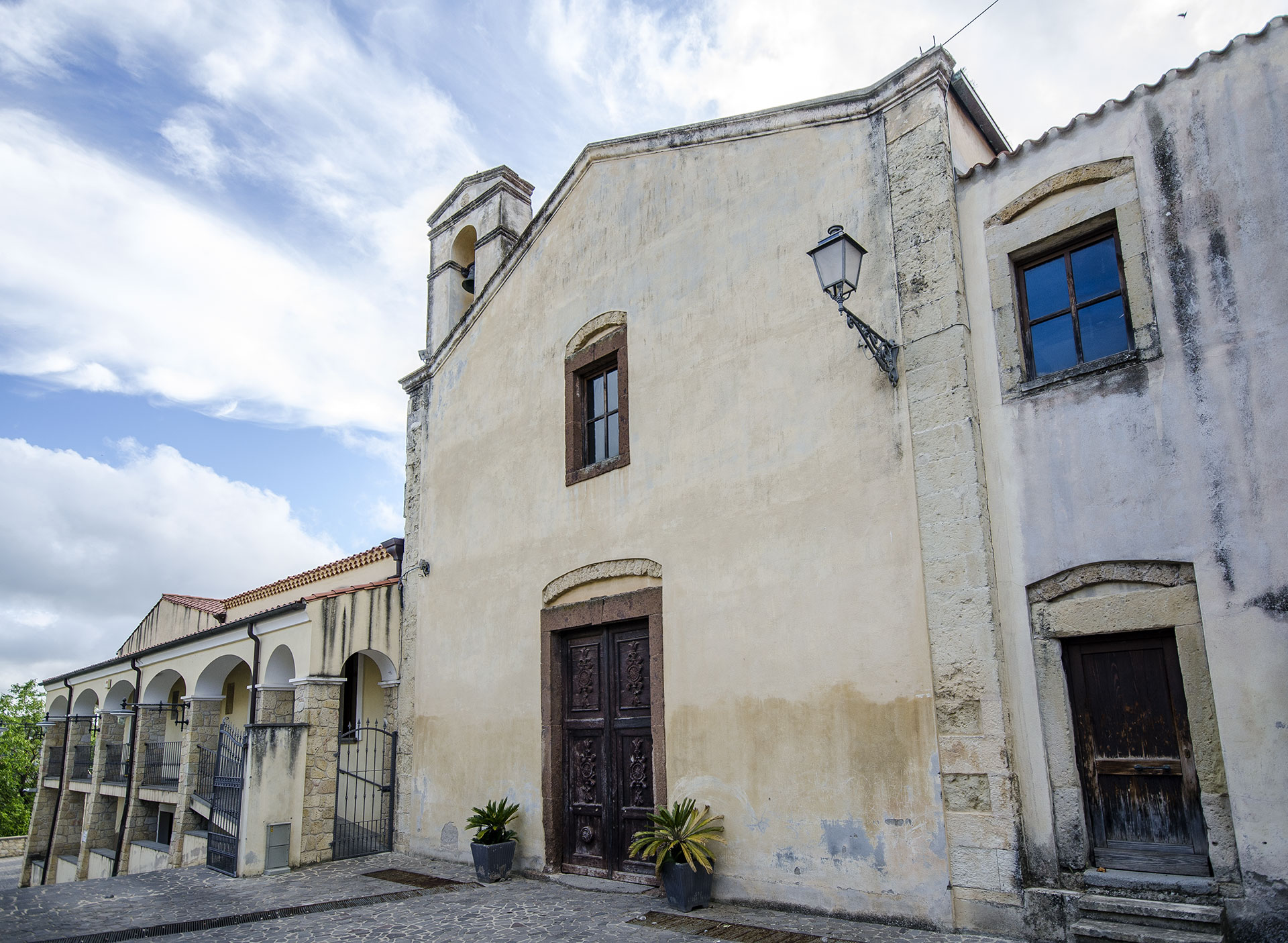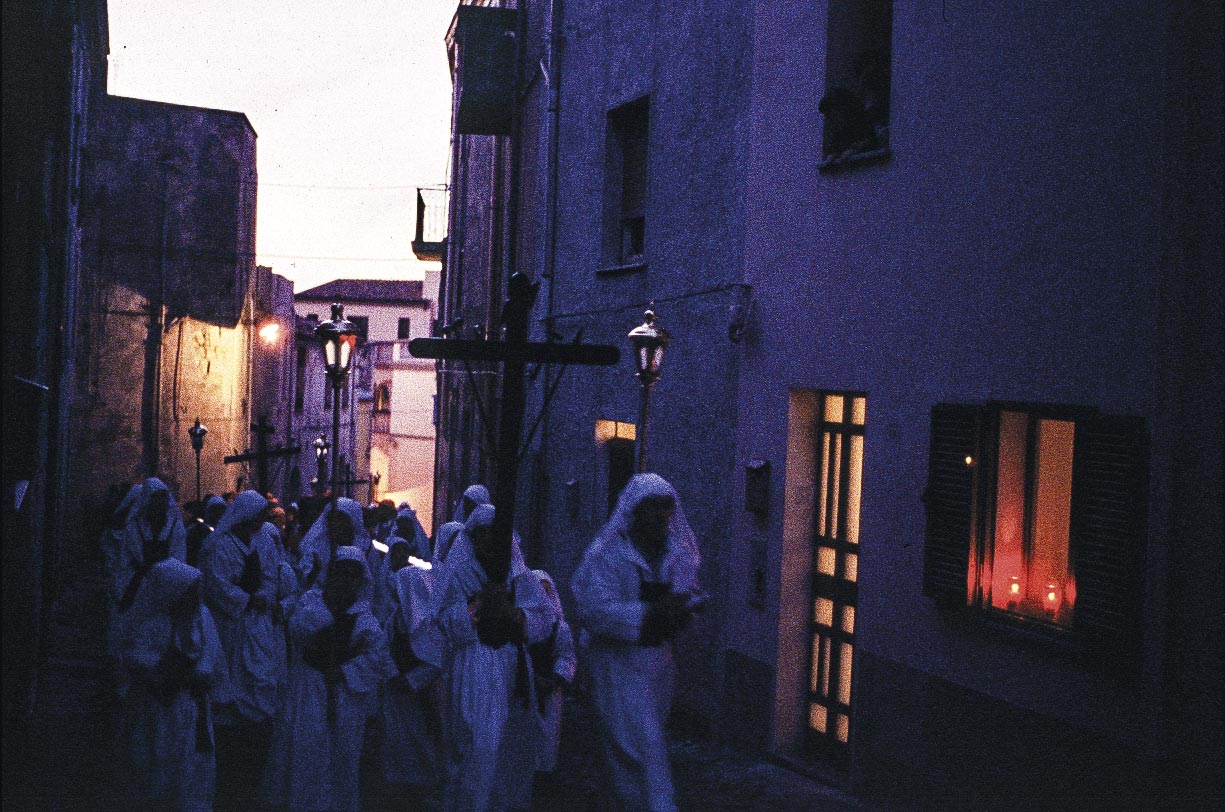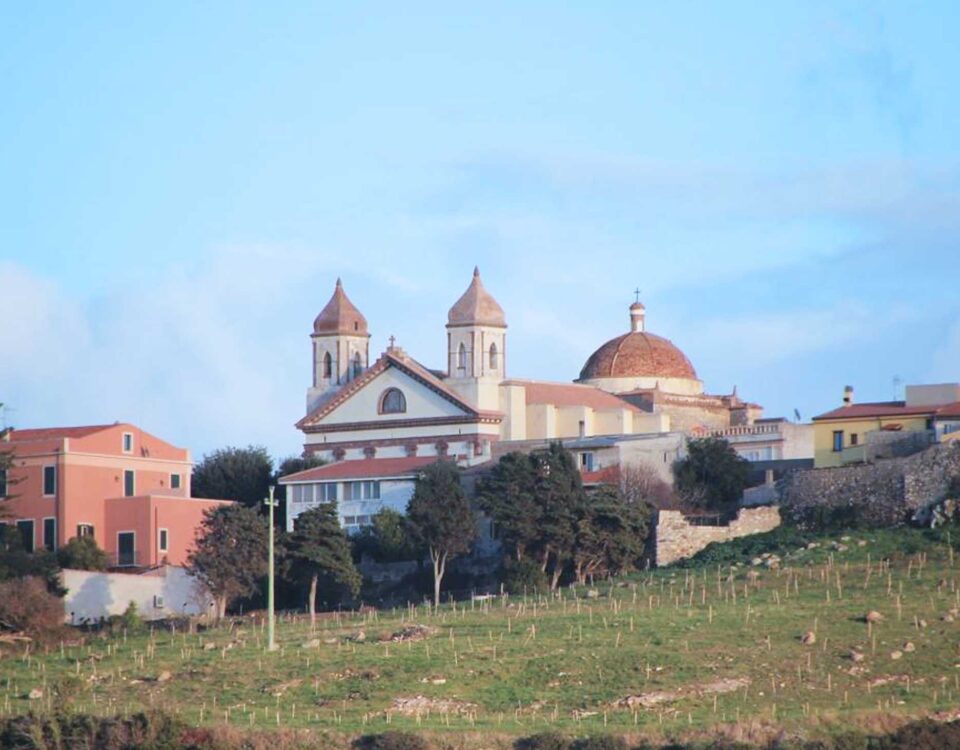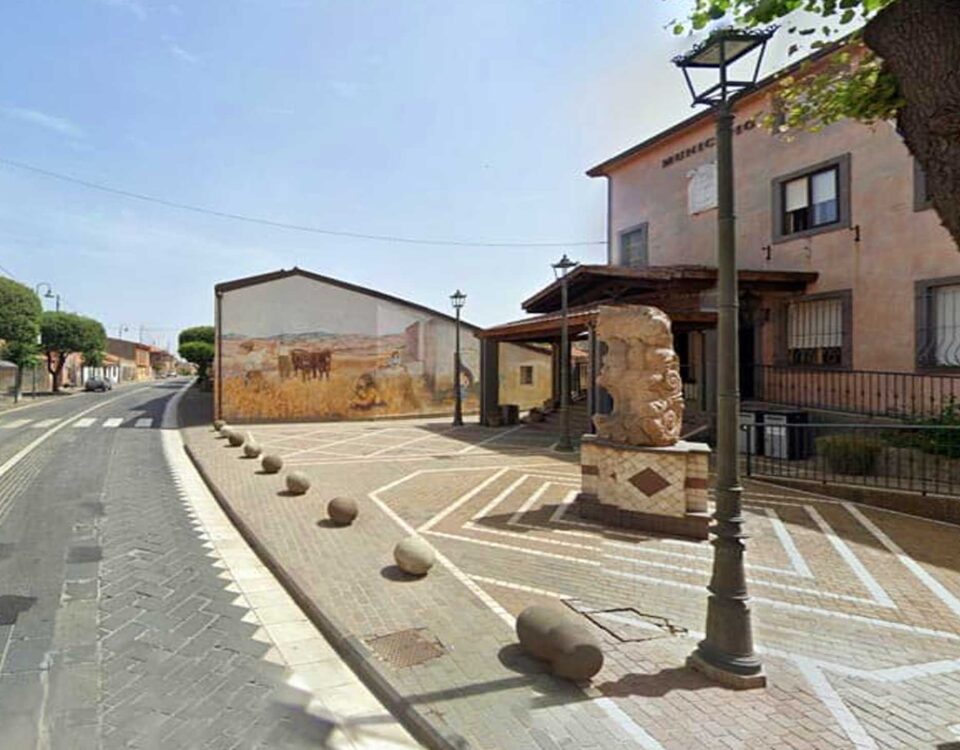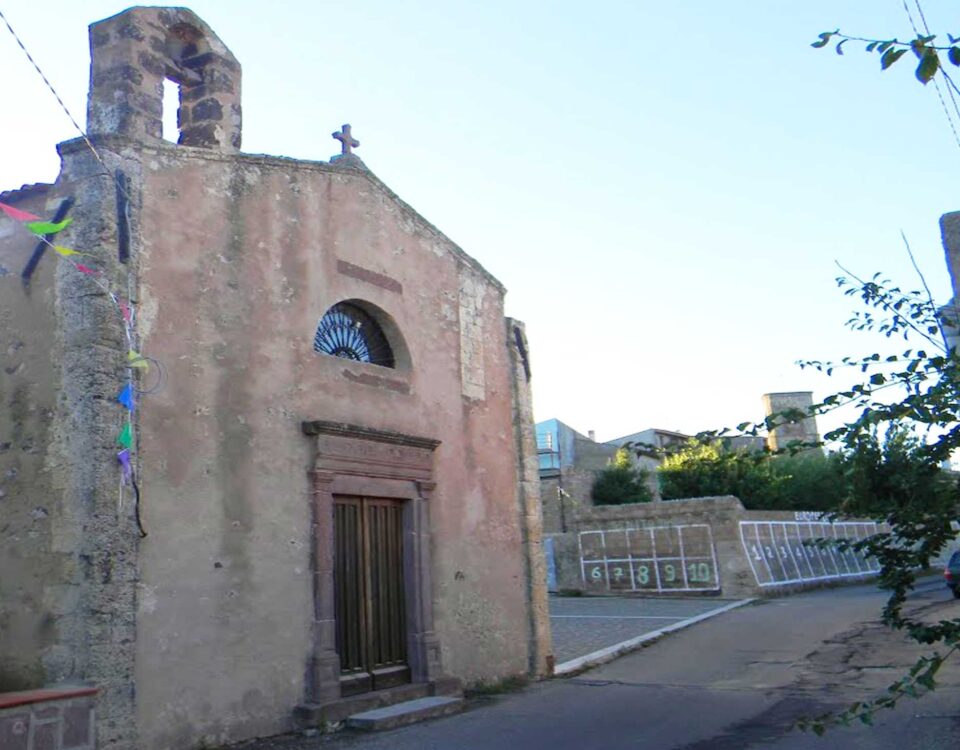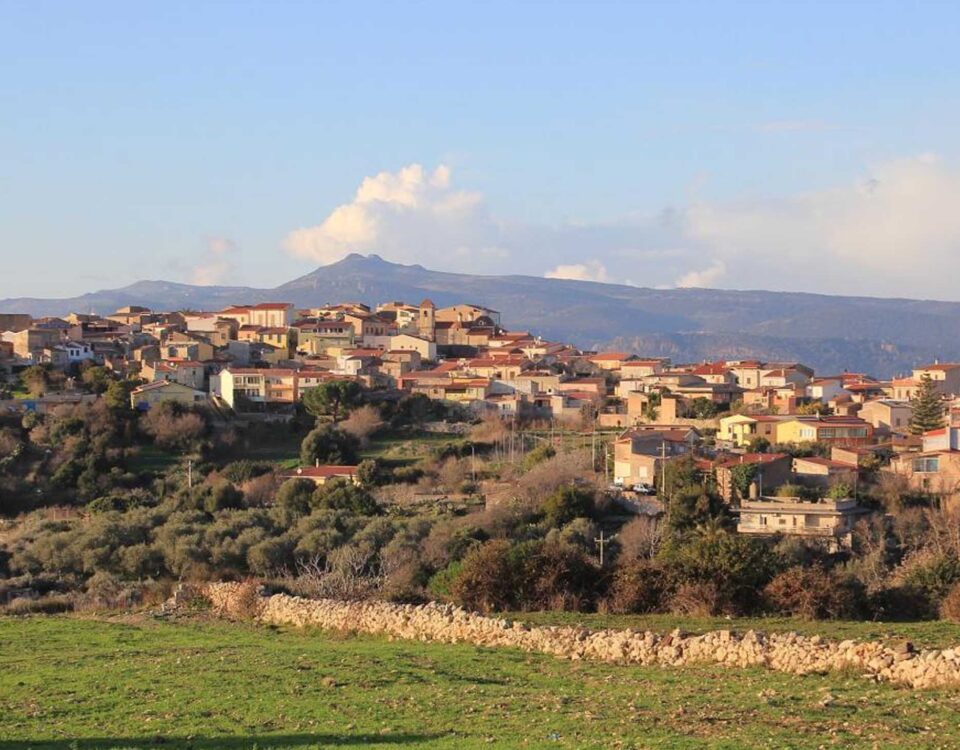
Municipality of Bonarcado
28 March 2023
Municipality of Milis
28 March 2023Perched on a basaltic plateau, Cuglieri dominates the western slope of the Montiferru volcanic massif. It looks out towards the sea and slopes down a coastline that is now open in small bays or long sandy shores, now rugged and wildly inaccessible. It is a municipality of about 2,500 inhabitants, including its three seaside villages: Santa Caterina di Pittinuri, divided by the Rio Santa Caterina that flows into the pleasant white pebble bay, s'Archittu, which takes its name from the arch carved into the limestone rock, and Torre del Pozzo, so named for the presence of the Spanish tower and the natural well carved into it by erosion.
Situated 479 metres above sea level, with its 120 square kilometres it is the largest territory in the province. Nature has endowed it with dense forests, rivers and springs, beaches, imposing cliffs, and signs of history ranging from nuraghi to disappeared towns, castles, splendid churches and a tradition of great value.
The economy is based on the rearing of the prized Bue Rosso cattle, sheep and on agriculture, in particular the cultivation of olives, of which it is possible to visit the museum of the same name.
The first settlements in the territory date back to the Ancient Neolithic (7500-3000 B.C.) with the Domus de Janas of Serruggiu, Pittudi and Fanne Massa and to the Megalithic (2,000-1,700 B.C.) with the dolmens of Monte Laccana and various others scattered on the slopes of Montiferru.
READ ALL
From 1600 B.C. onwards, nuraghi made their appearance, concentrated in the Sessa area, including Oragiana and Orakeris, four-lobed, and Nuraghe Maggiore, Nurgheddonis and Oratanda, three-lobed, as well as 12 tombs of the giants, one of which has four bètili.
In the 6 century B.C., the Carthaginians founded the city of Cornus: the acropolis, on the hill of Corchinas, was protected by a partly preserved city wall. On the Campu 'e Corra plateau, the most important buildings stood instead.
In 215 B. C., the last battle was fought in Cornus between the victorious Romans and the Sardo-Punic led by Ampsicora. Between the 8th and 9th century, the inhabitants abandoned the town due to Saracen raids and founded Gurulis Nova, today's Cuglieri.
From 1821 to 1859, it became the capital of the province and in 1924, with the task of training the future Sardinian clergy, it was chosen, the first time extra urbem, to host the Pontifical Theological Faculty of Sardinia. The imposing seminary was inaugurated in 1927 and remained in operation until 1970 when it was transferred to Cagliari.
In the period between 1928 and 1948 it housed the island's first anti-malaria colony, now a home for the elderly.
However, the numerous religious architectures in the town deserve a separate note, such as the majestic Basilica of Santa Maria ad Nives, which from the top of the Bardosu hill looks imposingly over the town centre. The first structure dates back to the 14th century, but the restorations that brought the building to its present appearance and dimensions were undertaken from the 17 century onwards, when the present façade was arranged and erected. Its interior, adorned with stuccoes, Baroque-style marble furnishings and paintings, houses valuable marble statues by sculptor G. Sartorio.
The parish church is joined by ten other churches, including the country churches of Sant'Imbenia and Santu Larentu.
Previously dedicated to Santa Silvana, the church of Santa Croce changed its name in the 16 century, when the archconfraternity of the Holy Cross established its headquarters in the building. It rises in the Crabola district, the oldest of the town and, together with the church of Sant'Antioco that solitarily watches over the olive-grove belt below, is among the oldest churches of Cuglieri. It was the parish seat until 1668, later replaced by Santa Maria della Neve. It features a white and very elegant façade, distinguished by a large rose window and two small bell towers. The Greek cross plan is crowned by a dome in the centre. It houses a large crucifix, statues of the risen Christ, the Virgin Mary and Mary Magdalene, carried in procession at Easter and during Holy Week.
The church of Madonna delle Grazie dates back to the end of the 15 century, and in 1545 the convent of the Servants of Mary was annexed to it.
The church of the Beata Vergine del Carmelo, seat of the confraternity of the same name, houses a pipe organ dating back to the 18-19 centuries. In the church of San Giovanni Battista, the ancestral rite of s'abba muda is celebrated, a Nuragic cult of healing water: in procession, in absolute silence and without ever looking back, the faithful go to the fountain of Tiu Memmere to drink the water that heals the body and mind, and then return in the same way.
The Church of St. Anthony was founded by Capuchin Friars Minor in 1610. In 1858, the religious orders were suppressed and since then, with the abandonment of the friars, it has remained unchanged.
These churches, involved in the rites of Holy Week, are open and can only be visited, with the exception of the Basilica of Santa Maria, during special occasions such as Monumenti Aperti.


